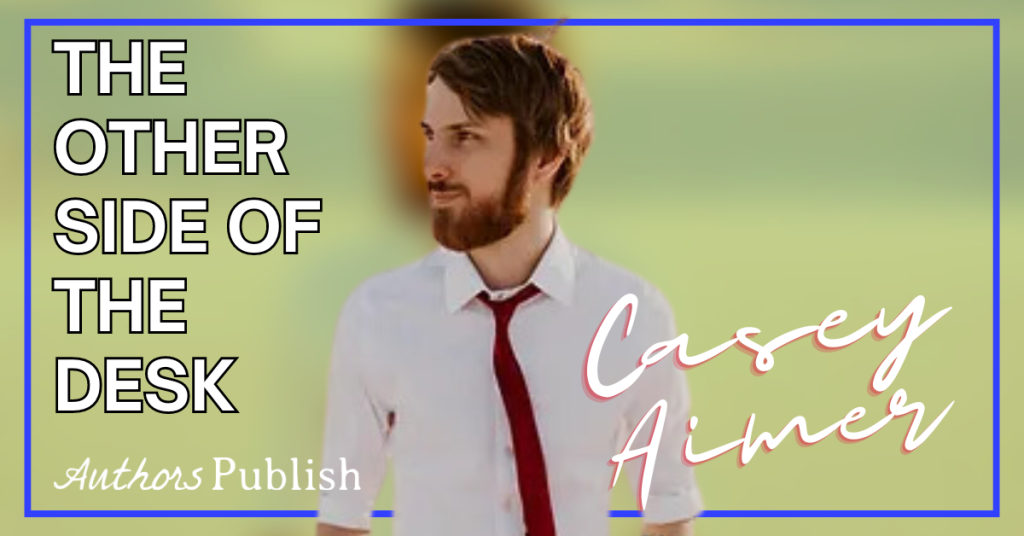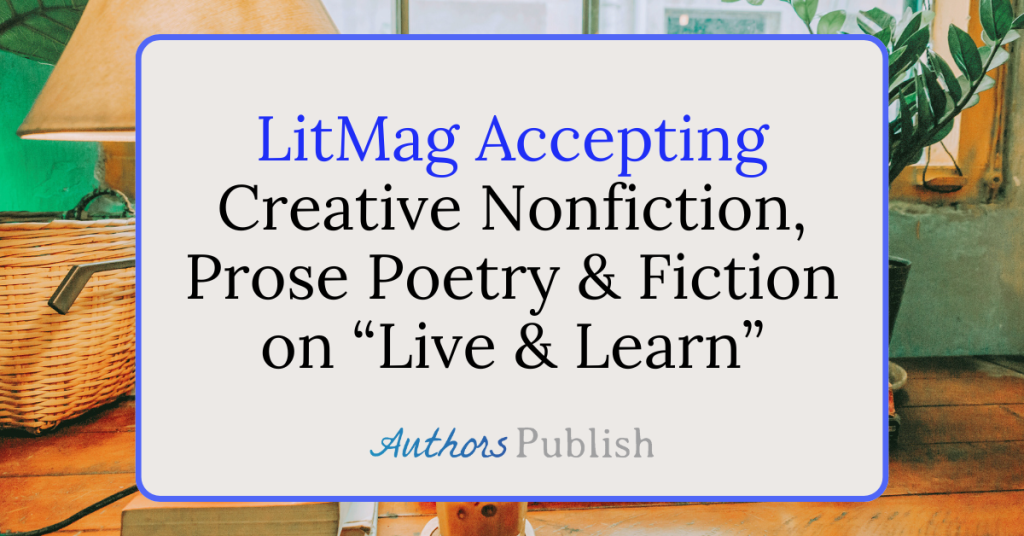Some folk have no problem with story ideas; they’re full to the brim with them. I’m not one of those and, though I’ve lived a while, it seems I often need help from outside sources. There are lots of ways people like me (those without an eternal parade of plots and storylines) can generate story ideas and tap into their creativity, and anything can be a worthy source.
Using pictures is one such method, and I’ve successfully crafted a few published pieces using it.
What is, what if…
Imagine a photo of a girl bungee jumping. You can look here (and here’s another) if you want something concrete in front of you. We cannot see the bridge behind her (the prosaic part of our mind knows it MUST be there), her arms are outspread, and she looks both thoroughly elated and more than a little scared. Now, with that image in mind, I want you to work with it via two key question categories:
STEP 1 – What’s in the image?
You ask questions of the picture such as:
- What is happening in the image? (Think about the verbs you use to describe what the girl is doing.)
- Who is the girl? Is she a girl/a woman – how old?
- Where is she bungee jumping, and when do you think it is happening? Is it summer, or winter?
- Why is she jumping? Is it a dare, something she has always wanted to do?
These questions unravel, if you’ll forgive the word, potential storylines, get you thinking about the visual. And sometimes what is in the picture is enough to get a story happening. Sometimes. Usually I like to add a little twist.
STEP 2 (if needed) – What if…?
‘What if ‘ means you add to and/or take things away from the image. Adding and subtracting elements from the original image alters its meaning. We ask ‘What if…?’: our answer[s] to that question allows us to create a text. Thinking again of the bungee jumping image and consider these possible ‘what if…’ scenarios.
| What if…? | Possible meaning… |
| We gave the girl wings and took away the bungee cord | She is an angel or a freak. Is she flying or falling? Are the wings an optical illusion? |
| We made him male | Much more conventional view. Nothing really odd to look at, but what if we removed the bungee cord from the picture? |
| We make the girl a mature woman of about 50 years of age… | Now here’s a twist. Is this a bucket list, coping with cancer, a challenge to her new partner, who is watching from the side, sure she won’t jump… maybe. |
Here are the beginnings of my exercise with that bungee jumping image:
What is…
The girl is apparently flying through thin air… I can see a bridge above her (of course) and a bungee, thin as… Her arms are outstretched, a great grin plastered on her face. She looks, if you squint and make that lifeline cord disappear, like an angel in some jubilant earthwards plunge…
She’s a young woman, really, mid 20s by the looks of things, so why did I write ‘girl’ just now. It’s NZ, world capital of bungee jumping apparently.
I reckon she’s there with some mates backpacking (my wife did that a while back). Boyfriend? I think all her friends are doing it, she’s the first though (there’s a bit of triumph – I’m the bravest – in her grin). Though if she’s with her boyfriend then perhaps it’s a dare… Hmnn?
As every scientist knows, no-one is ever a completely neutral observer. It’s very human to intrude on what you see in an image – we interpret what we see from our own perspective. When I do this, I notice, I almost always think in potential story terms. For instance, I might imagine that the girl/woman is away from home. If it’s New Zealand she’s an Aussie from Sydney. She has promised her Mum she’d be careful, not hitch around, and no silly dares… And then I can’t help but think in terms of the human comedy – a friend of her great Aunt Helen’s sees her leaping from a bridge (definitely something her mum would call a silly risk) and reports home. On another day my mind might take a darker pathway — tragedy intrudes on my writer’s conscience; something goes awry during her jump and she breaks a wrist, a leg, a neck… same Mum, same promises, different tale.
As you examine carefully what’s in the image you’ll perhaps find it changing your perspective on what your originally saw, too; your brain plays with ideas. Either way, the ‘reality’ of the image offers so much to start… or complete a story?
But what if…
To engage in a little ‘what if’ is a thrill for any writer. Adding that twist – that ‘what if ‘– can have you flying. What if we remove the bungee cord, erase the bridge not only from the photograph but from the reality, give her wings to fly… Joy. But what if only some of us had wings? What if flight was denied the majority? How we might envy her if we lacked those wings. (And thus was born the theme of my story – At last!)
In conclusion
Even if the what if part of my visual process is most appealing (the bit that really gets my creativity flowing), I think that first step — observing closely and deeply what is in the image — is vital. Really looking at what is in the image, pulling it apart, teasing it with your personal perspectives, is an essential part of the creative process. Playing too soon with changing things makes me feel I might miss opportunities. I’ve learned to take my time.
Give it a go — do the one-two dance of what is and what if. You never know where it can take you.
STEPHEN J KIMBER is an Australian author and teacher with over 20 texts published. He has co-authored a number of educational texts in English, History and Geography for John Wiley & Sons (Jacaranda), Nelson Thomson (CEngage), and others. He’s the author of the YA novella, “Sex and Drugs and Rock N Roll – Or the cooling of Nathan Pearson”, three plays and many short stories. A collection of 32 short historical fiction stories is available via Amazon.






